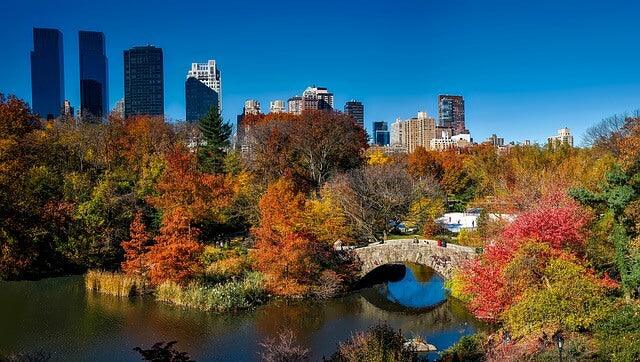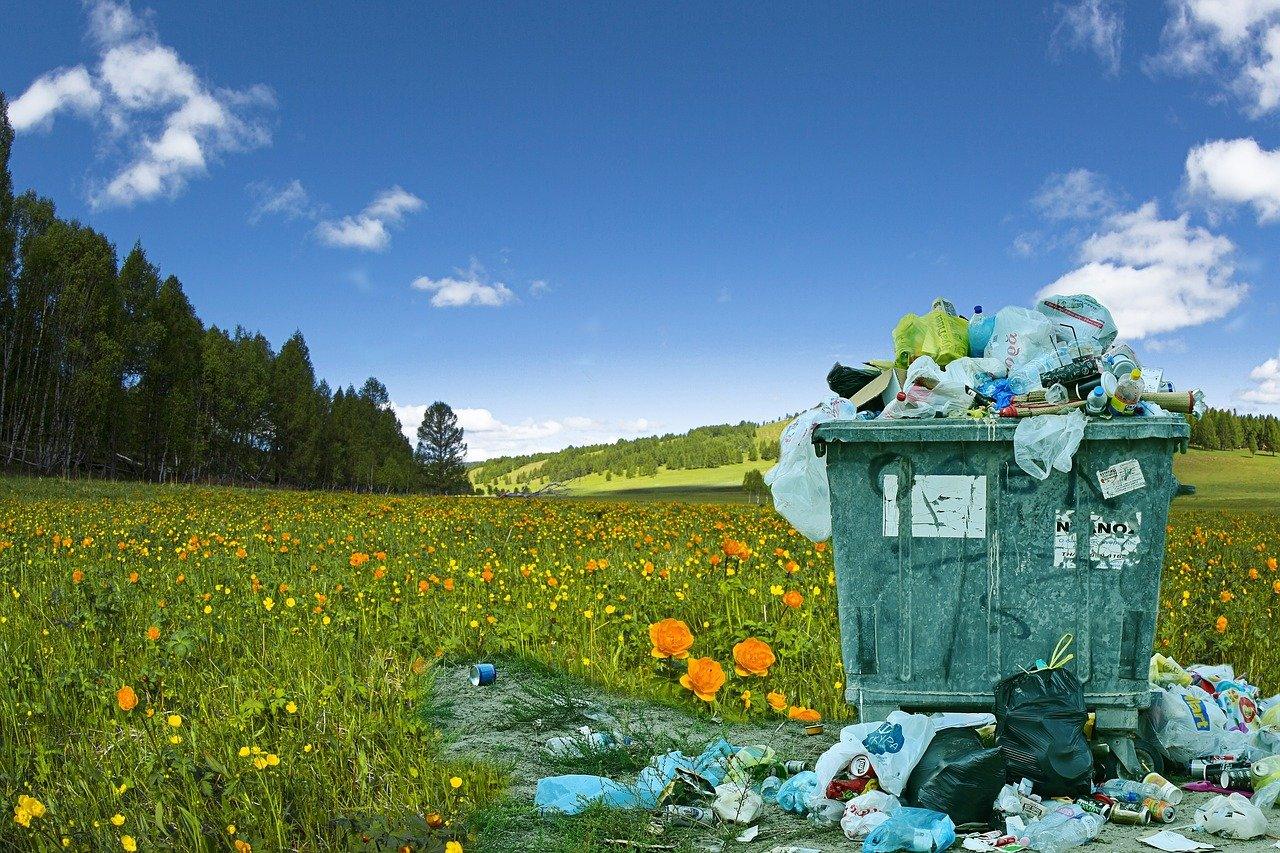40% OFF ALL LEED EXAM PREP PRODUCTS! | PASS YOUR EXAM CONFIDENTLY, ON YOUR FIRST TRY!
40% OFF ALL LEED EXAM PREP PRODUCTS! | PASS YOUR EXAM CONFIDENTLY, ON YOUR FIRST TRY!
Add description, images, menus and links to your mega menu
A column with no settings can be used as a spacer
Link to your collections, sales and even external links
Add up to five columns
Add description, images, menus and links to your mega menu
A column with no settings can be used as a spacer
Link to your collections, sales and even external links
Add up to five columns
LEED For Neighborhood Development (LEED ND) Rating Systems In Details
2 min read

The LEED for Neighborhood Development (LEED ND) rating system is designed to certify new land development projects or the development of land that contains residential uses, nonresidential uses, or both. The LEED ND rating system is designed to ensure that the developing neighborhood integrates the principles of smart growth, urbanism, and green building.
To illustrate, LEED ND-certified land will probably contain a grocery store, a school, and an office within walking distance of all of its residential units. It will also contain safe sidewalks and host high-performing green buildings, green spaces, bicycle networks, recycling storage spaces, and more.
Being within walking distance of grocery stores or restaurants will reduce vehicle driving and consequently reduce greenhouse gas emissions. Bicycle networks will also help reduce emissions and promote physical exercise. The location and design of the neighborhood will aim to reduce vehicle miles traveled (VMT) also create developments that contain both jobs and services that are accessible by foot or public transit. Cities are increasingly using LEED ND certification to establish greener neighborhoods.
One of the major goals of the LEED ND rating is to reduce suburban sprawl, which has lots of consequences for the environment. The term “sprawl” refers to the expansion of populations away from central urban areas into low-density areas. A family deciding to move away from the New York City center to a suburban region, while employed in the city center, can be an example of a work-home situation within suburban sprawl. This scenario will result in commuter driving involving long miles or kilometers, and the increased driving of the family will result in increased greenhouse gas emissions resulting from burning fossil fuels. Additionally, the construction of a new house in a previously undeveloped suburban area will destroy the surrounding habitat.
These are some of the reasons why developments in dense areas like city centers are always more environmentally friendly than developments in suburban areas. To avoid populations moving to suburban areas, LEED ND aims to construct better neighborhoods. LEED ND contains two ratings systems.
1) LEED ND Plan
This is for neighborhood-scale projects that are currently in any phase of planning and design and up to 75% constructed. This was designed to help developers market and fund the project among prospective tenants, financiers, and public officials by affirming the intended sustainability strategies.
2) LEED ND Built Project
This is for neighborhood-scale projects that are near completion or were completed within the last three years.
Also in Projectific Blog

What Changes In LEED v5 & When Will The LEED Exams Will Be Based On LEED v5?
2 min read
As building professionals prepare for this significant update, two critical questions arise: what are the major changes in LEED v5, and when will the LEED credential exams transition to the new version?

How LEED Handles Recyclables With The Storage And Collection Of Recyclables Prerequisite
2 min read

LEED Heat Island Reduction Credit Explained
2 min read

